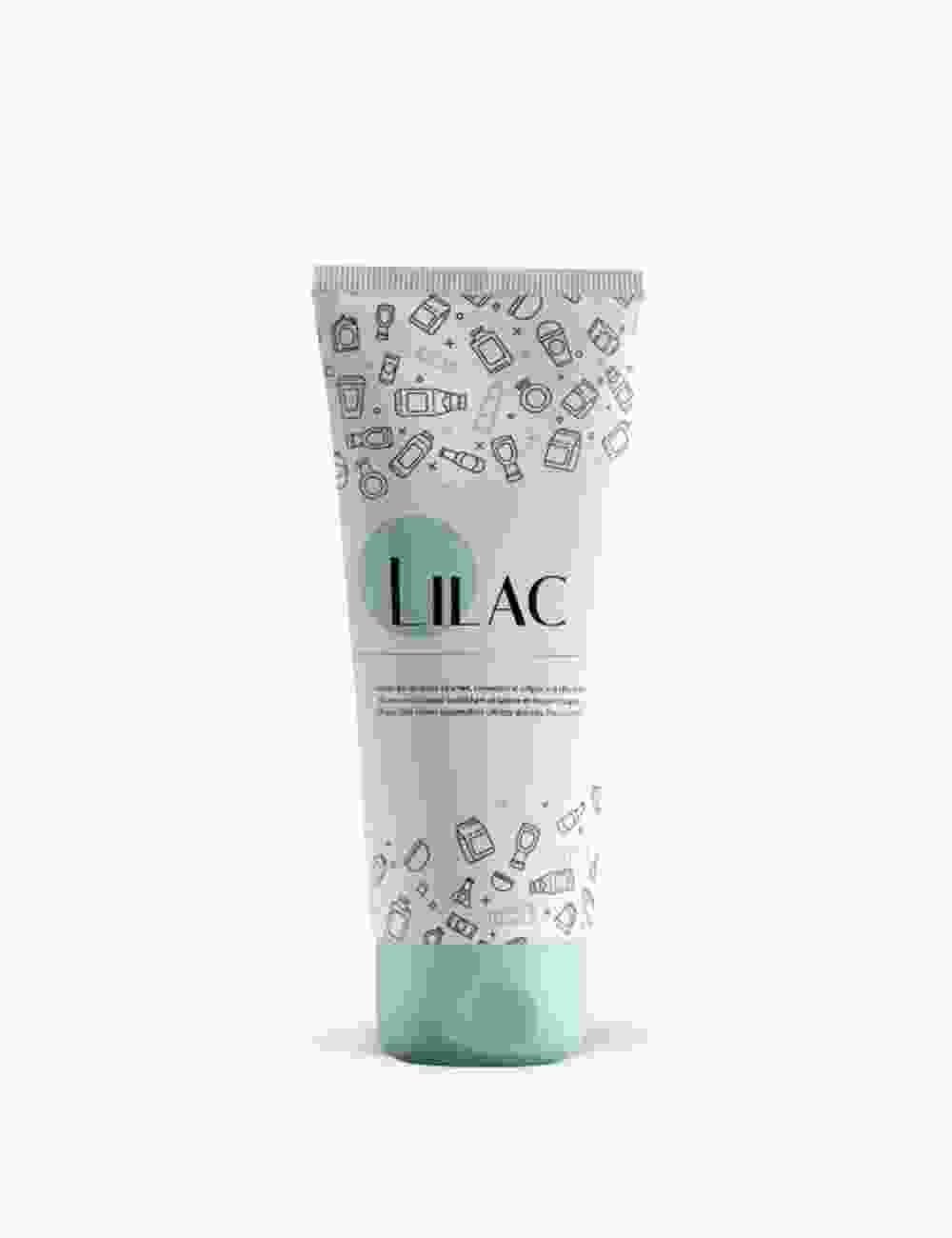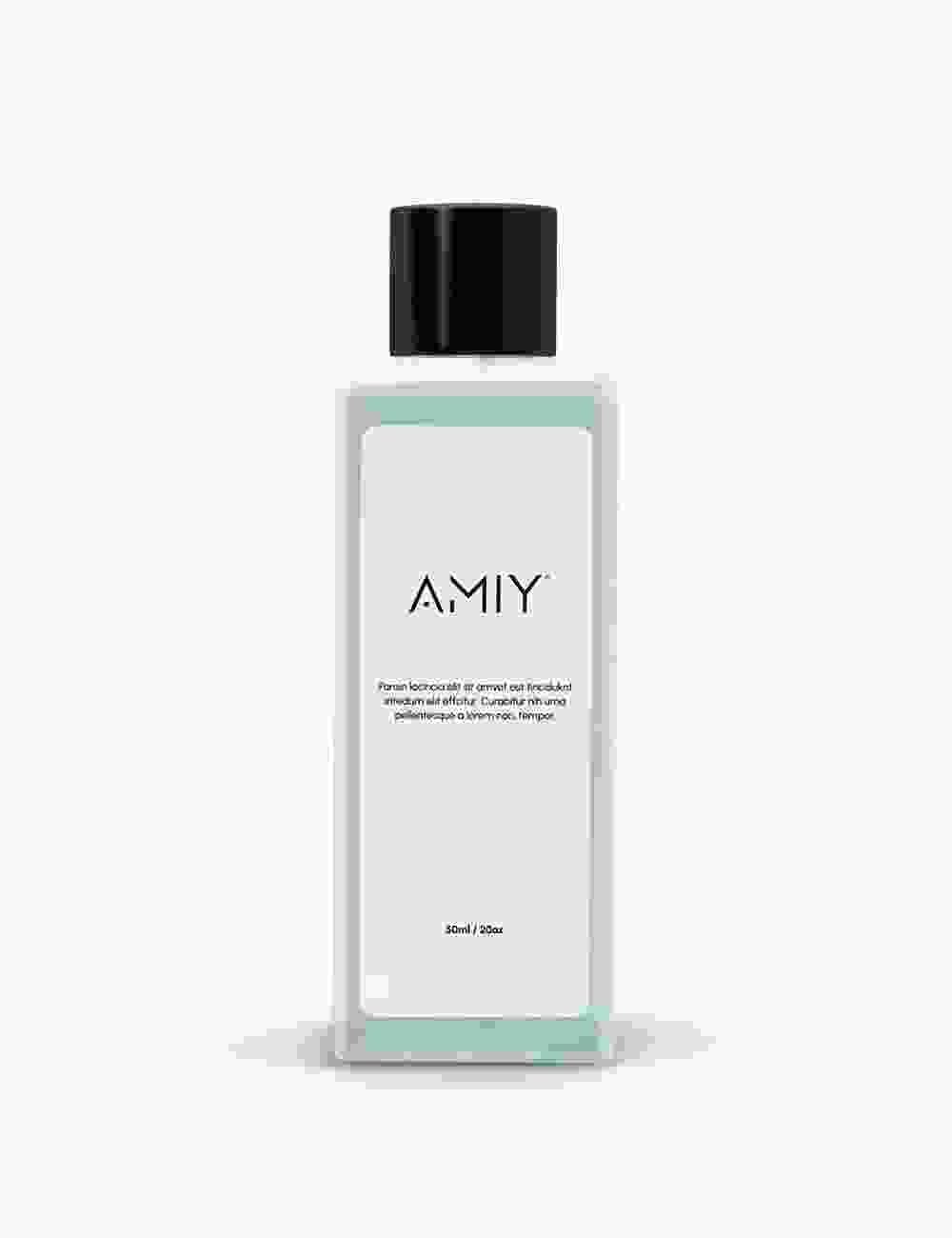No products added!
Dermal fillers have revolutionized the field of cosmetic dermatology, offering non-surgical solutions for facial rejuvenation and contouring. Understanding the science behind these injectable treatments helps practitioners and clients appreciate their effectiveness and safety. This guide delves into the mechanisms of dermal fillers, explaining how they interact with the skin and underlying tissues to restore volume, smooth out wrinkles, and enhance facial features.
Dermal fillers are gel-like substances injected beneath the skin to restore lost volume, smooth lines, soften creases, and enhance facial contours. The most commonly used fillers are made from hyaluronic acid (HA), calcium hydroxylapatite (CaHA), poly-L-lactic acid (PLLA), and polymethylmethacrylate (PMMA). Each type of filler works differently, but they all share the goal of augmenting the skin’s structure and appearance.
Hyaluronic acid is a naturally occurring substance in the skin that helps maintain hydration and volume. When HA fillers are injected, they attract and bind water molecules, creating an immediate plumping effect. This hydration boost not only fills in wrinkles and fine lines but also promotes a smoother and more youthful complexion. Over time, HA fillers are gradually broken down and absorbed by the body, making them a temporary but effective option.
Hyaluronic acid is a naturally occurring substance in the skin that helps maintain hydration and volume. When HA fillers are injected, they attract and bind water molecules, creating an immediate plumping effect. This hydration boost not only fills in wrinkles and fine lines but also promotes a smoother and more youthful complexion. Over time, HA fillers are gradually broken down and absorbed by the body, making them a temporary but effective option.
Calcium hydroxylapatite fillers, such as Radiesse, consist of microscopic calcium particles suspended in a gel. Once injected, these particles provide immediate volume and act as a scaffold that supports the skin. The presence of calcium hydroxylapatite also stimulates the body’s natural collagen production, which helps to maintain the skin’s elasticity and firmness over time. This dual-action approach results in both immediate and long-term improvements in skin texture and volume.
Poly-L-lactic acid fillers, like Sculptra, take a different approach. Rather than providing immediate volume, these fillers work by stimulating collagen production deep within the skin. The PLLA particles are gradually absorbed by the body, encouraging collagen synthesis in the treated areas. This process typically takes several months, resulting in a more gradual and natural-looking enhancement that can last up to two years. The slow and steady nature of PLLA fillers makes them ideal for clients seeking subtle, long-lasting results.
Poly-L-lactic acid fillers, like Sculptra, take a different approach. Rather than providing immediate volume, these fillers work by stimulating collagen production deep within the skin. The PLLA particles are gradually absorbed by the body, encouraging collagen synthesis in the treated areas. This process typically takes several months, resulting in a more gradual and natural-looking enhancement that can last up to two years. The slow and steady nature of PLLA fillers makes them ideal for clients seeking subtle, long-lasting results.










Pellentesque habitant morbi tristique senectus et. Nulla aliquet enim tortor at auctor urna nunc. Malesuada fames ac turpis egestas. Suscipit tellus mauris a diam maecenas sed enim. Purus viverra accumsan in nisl nisi scelerisque eu ultrices.